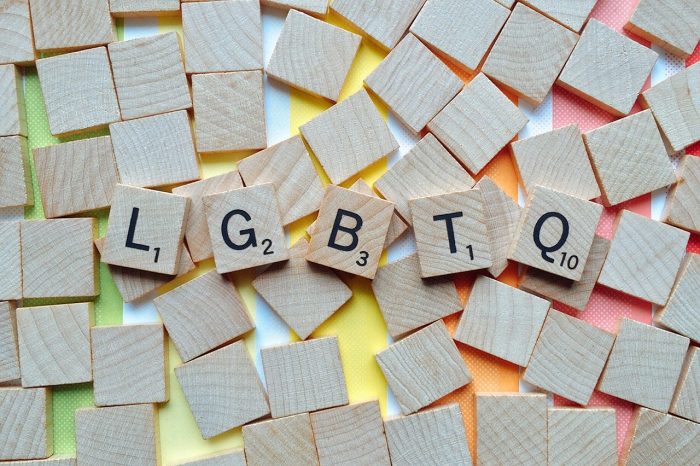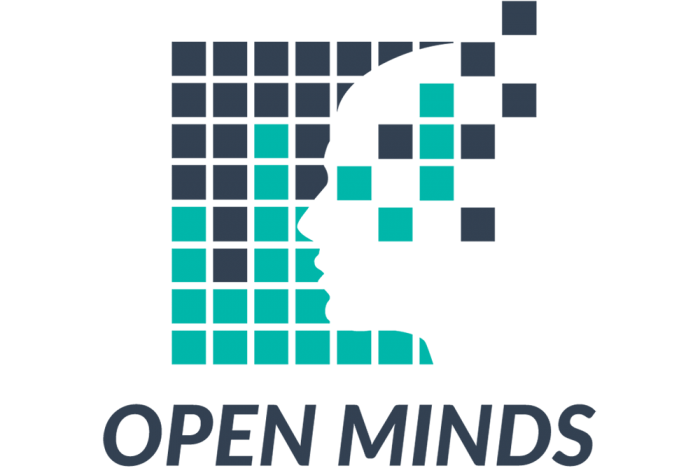Article reprinted with permission from OPEN MINDS. To sign up for a free OPEN MINDS news feed on https://www.openminds.com/market-intelligence/, go to https://www.openminds.com/membership/.
Gen Z
June is PRIDE Month: Celebrate LGBTQ+ in Your Workplace and Community

What is PRIDE Month?
June 1 marks the beginning of (LGBTQIA+) PRIDE Month, a time to recognize and celebrate LGBTQIA+ individuals in our communities. Pride Month commemorates the 1969 Stonewall Uprising in New York and celebrates the LGBTQ+ community and the fight for equal rights. The Stonewall Uprising began on June 28, 1969, when police raided the Stonewall Inn, a prominent gay bar in Manhattan’s Greenwich Village. The protests that followed are credited with a shift in LGBTQ+ activism in the US and is why PRIDE week is celebrated in June. In many cities across the nation, the celebration is now a month-long series of events. The purpose of the commemorative month is to recognize the impact that lesbian, gay, bisexual and transgender individuals have had on history locally, nationally, and internationally.
Today, celebrations include pride parades, picnics, parties, workshops, symposia, and concerts. LGBTQ+ Pride Month events attract millions of participants around the world. Memorials are also held during this month for those members of the community who have been lost to hate crimes or HIV/AIDS.
What does PRIDE Stand for?
“Pride” is not an acronym, but the LGBTQIA+ community comprises several identities related to sexual orientation and gender identity. Here are the definitions to know:
- L: Lesbian
- G: Gay
- B: Bisexual
- T: Transgender
- Q: Queer, or sometimes questioning
- I: Intersex
- A: Asexual
- +: Encompasses other identities under the rainbow umbrella
Why Recognize PRIDE Month?
According to a recent Gallup poll, over 20% of Gen Z adults in the US identify as LGBTQ+. This has more than doubled in the last twelve years. This growing population is represented in both the current workforce and the client populations we serve.
Visit here for ideas on how to recognize and celebrate LGBTQIA+ individuals this month.









